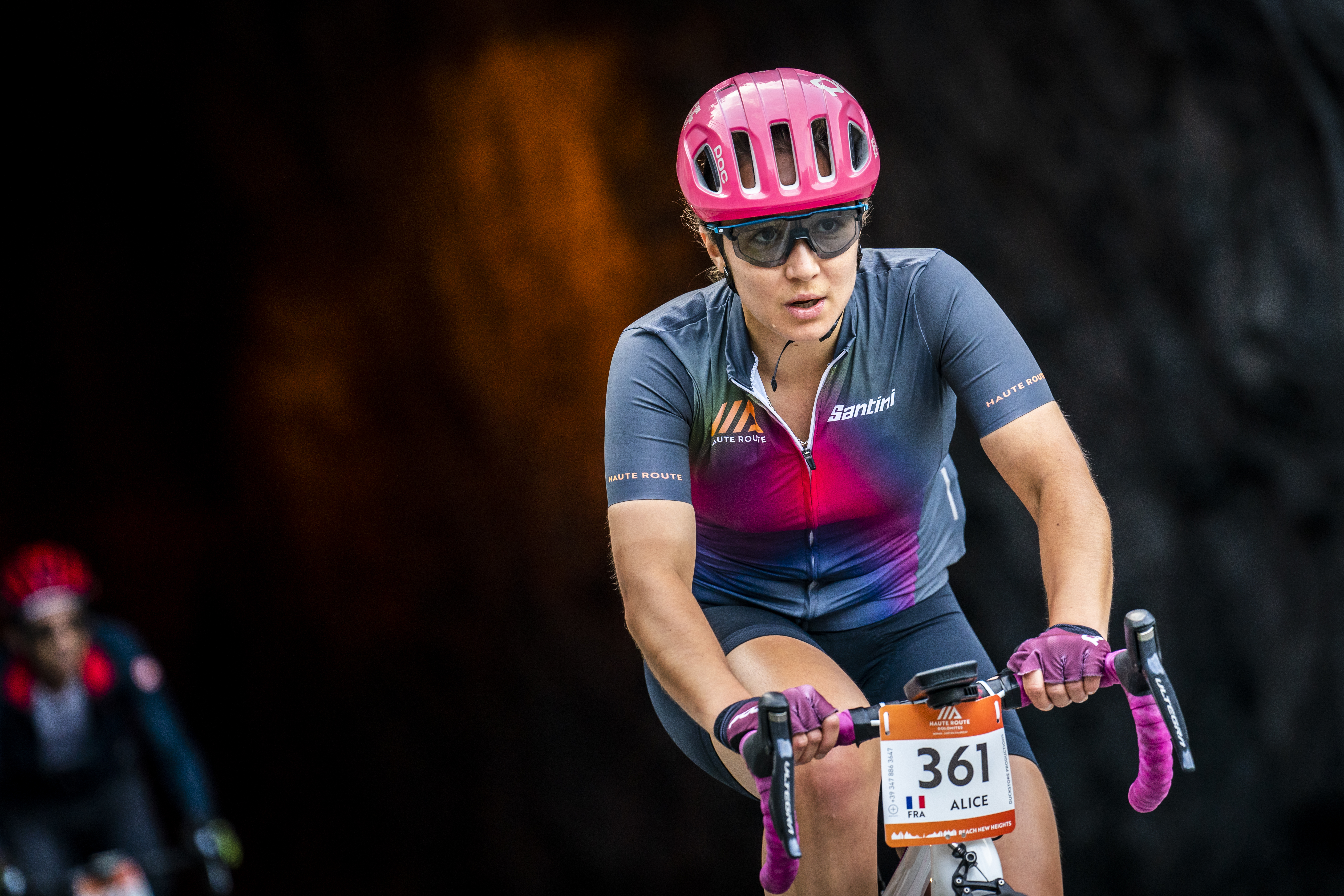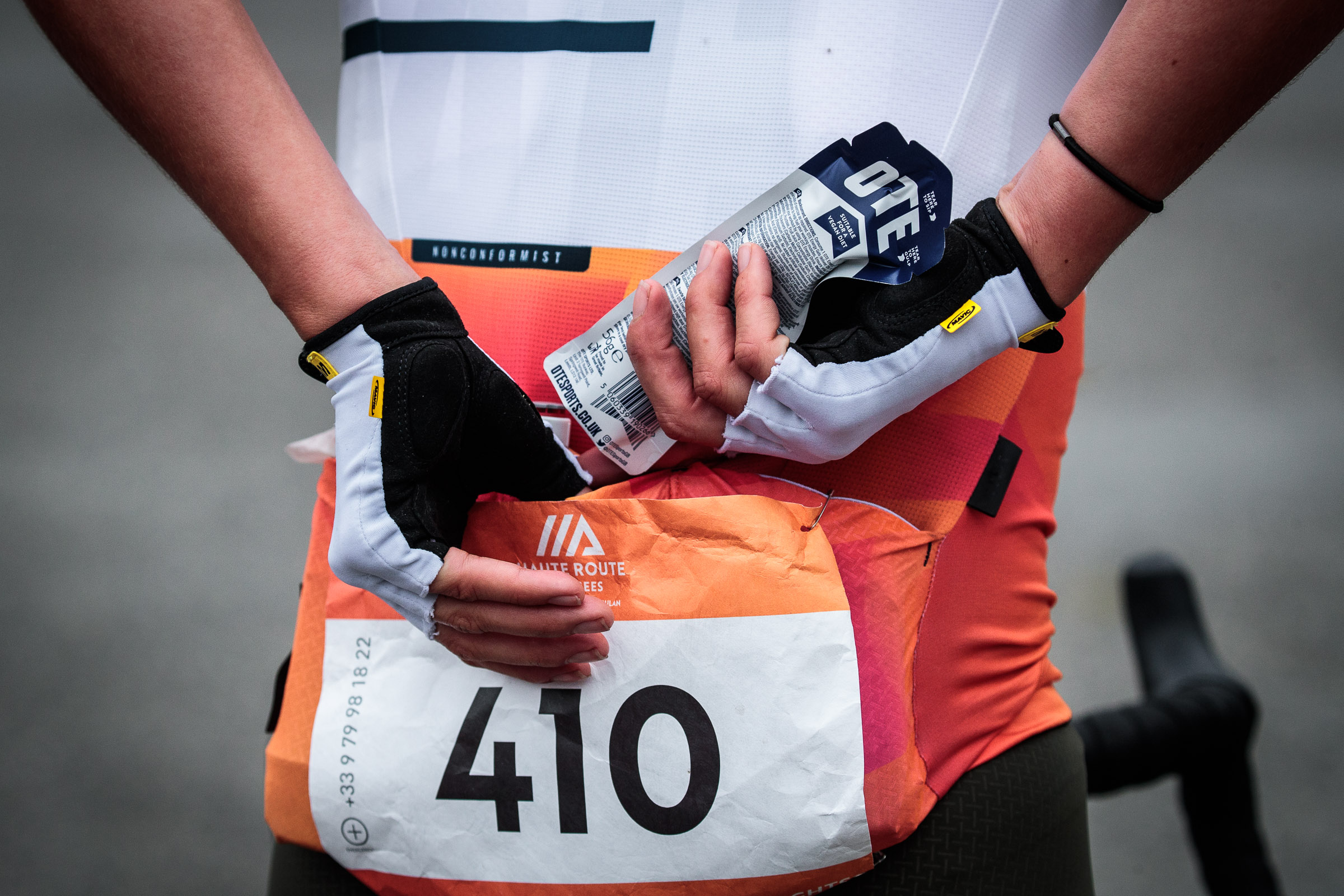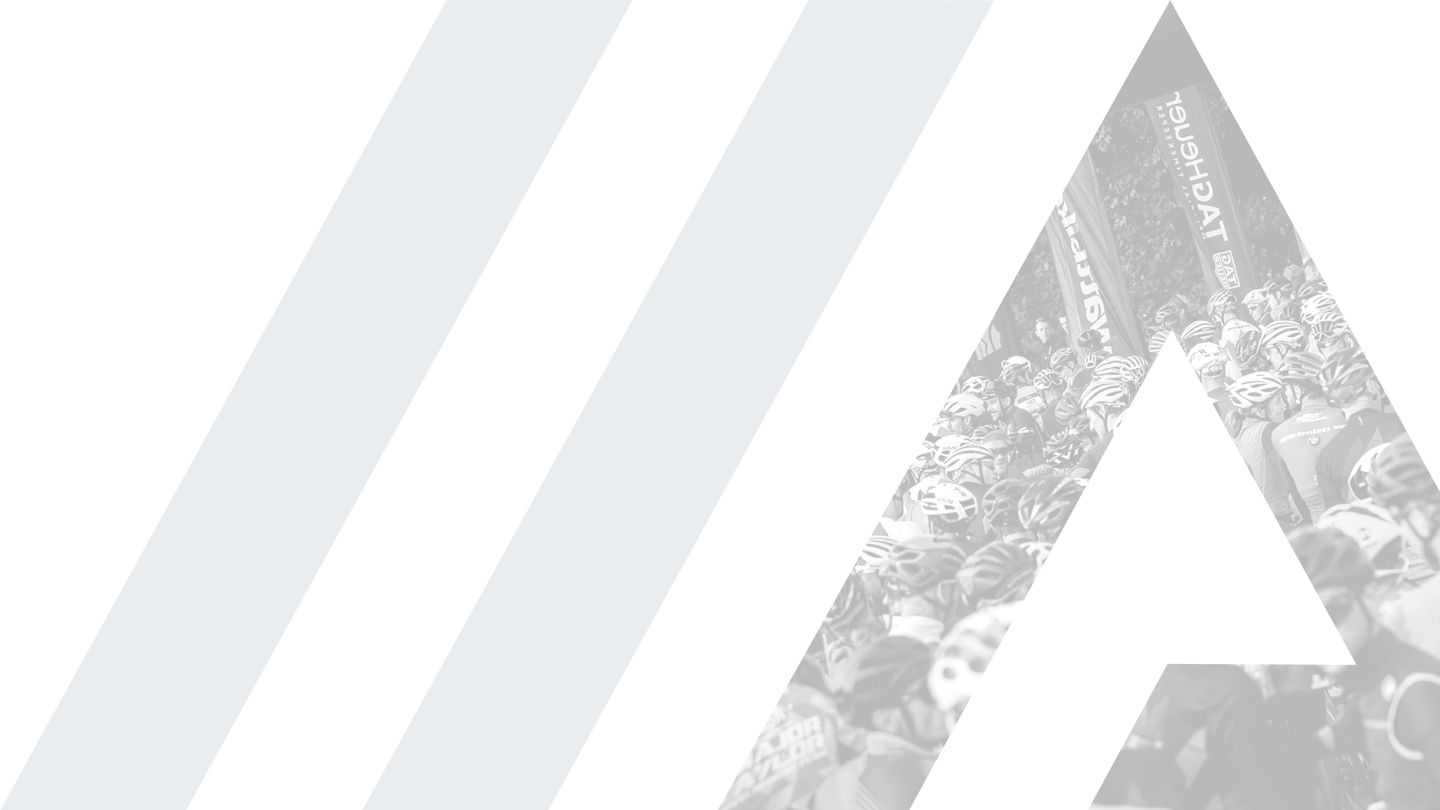Haute Route Ambassador and physiotherapist, Alice Morel takes us through the most common injuries on the bike and how to avoid them.
Although cycling is a non-traumatic and non-impact sport (except for falls), it can still be a source of injury and discomfort.
It is the repetition of the movement that can cause pain. For example, a cadence of 90RPM causes 5400 pedal revolutions in one hour; in other words, a discomfort will be reproduced 5400 times per hour and may therefore evolve into pain.

Knee pain
- How it is caused:
This pain can be caused by several mechanisms: an increase in the forces exerted on the knee, an excess of tension in the muscles of the posterior chain or a lack of stability of the knee responsible for lateral movements during each pedaling cycle.
- How to avoid it:
Positioning on the bike will therefore be a key factor in avoiding knee injuries. A saddle that is too high or too far back will stretch the posterior structures. Conversely, a saddle that is too low, too far forward or too inclined forward will increase knee flexion and therefore compression on the joint. The positioning of the wedges will also be an important element to consider.
On the training side, to fight against knee pain, the cyclist must integrate two notions into their preparation: increase their pedaling cadence to reduce the compression forces and favour stretching of the posterior chain.
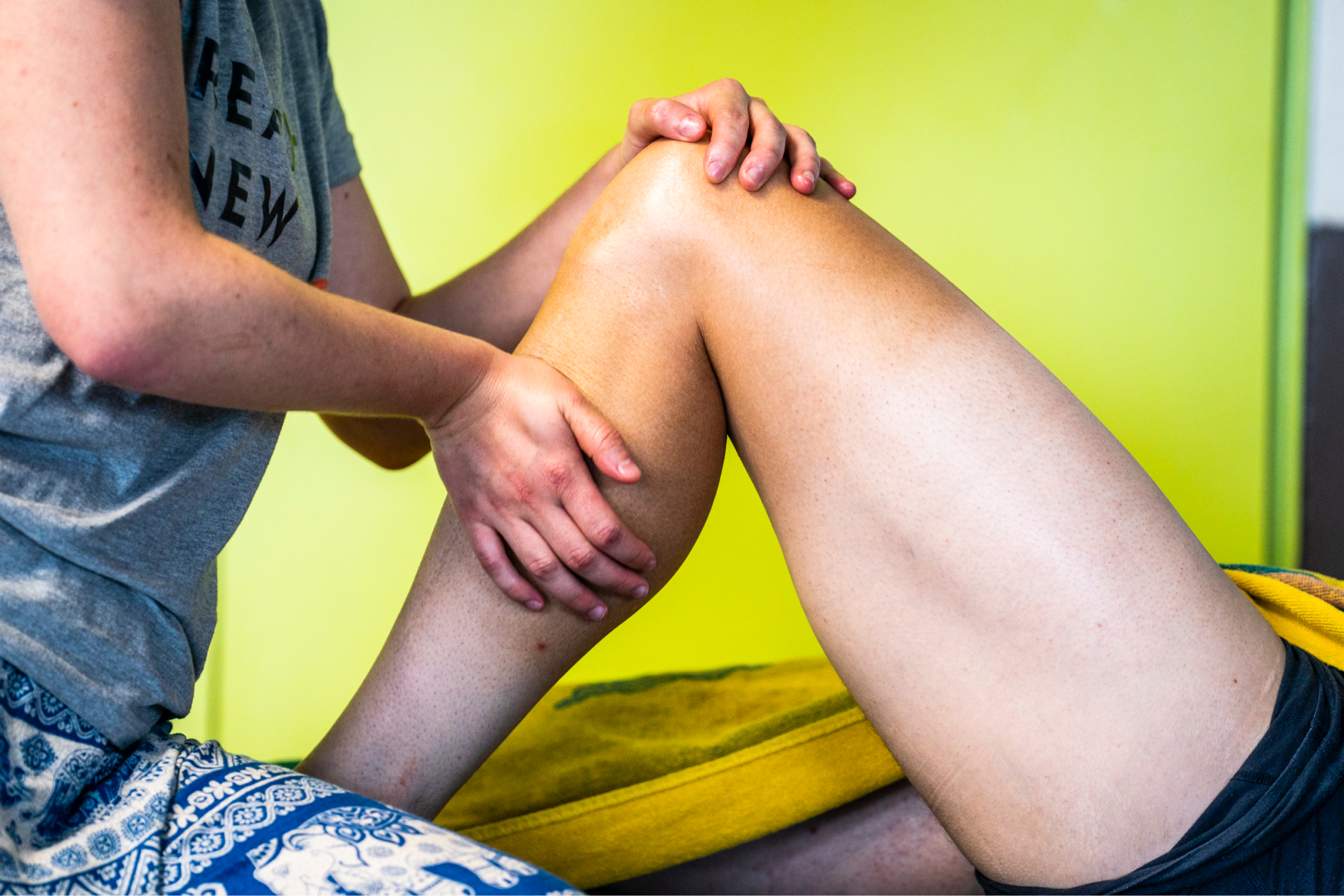
Lower back pain
- How it is caused:
These pains are due to a difficulty in tolerating the forward leaning position on the cockpit. This lack of postural tolerance can be caused by a lack of lumbar joint mobility or by a lack of endurance of the spinal muscles.
- How to avoid it:
Once again, the influence of the position on the bike should not be neglected. A saddle that is too high, too wide or too narrow can lead to swaying and pain. The distance and height between the saddle and the cockpit will be important parameters to consider to avoid back pain.

Discomfort in the saddle:
- How it is caused:
Discomfort in the saddle is also a recurring problem in the peloton. So, the big question is how does one position themselves to ensure they are completely comfortable? This all comes down to the core support points in the saddle, i.e. in support of the ischium. The perineum, which is soft tissue, should not be a support point as it can cause pressure and tension. Ask your go-to bike shop to measure the width between the ischiums and to determine the correct saddle width.
- How to avoid it:
The height of the saddle is also a parameter to be taken into account. A saddle that is too high will cause a wiggle with soft tissue compression with each pedaling cycle. The saddle inclination should also be checked for perineal discomfort. The further forward the saddle is inclined, the more pressure is taken off the pins at the expense of other parts.
The inclination of the saddle is a very important parameter because it can be a source of many peripheral discomforts. The cyclist must be stable in the saddle. A forward slide on the saddle will be permanently corrected by a push with the hands on the cockpit. This push can cause numbness in the hands and neck tension.
In terms of preparation, the quality and comfort of your bib shorts is also important. Even with optimal bike settings, when riding long distances every day, the shorts play an important role in keeping the rider comfortable by preventing skin irritation. Test each cycling short before adopting them for your long rides.
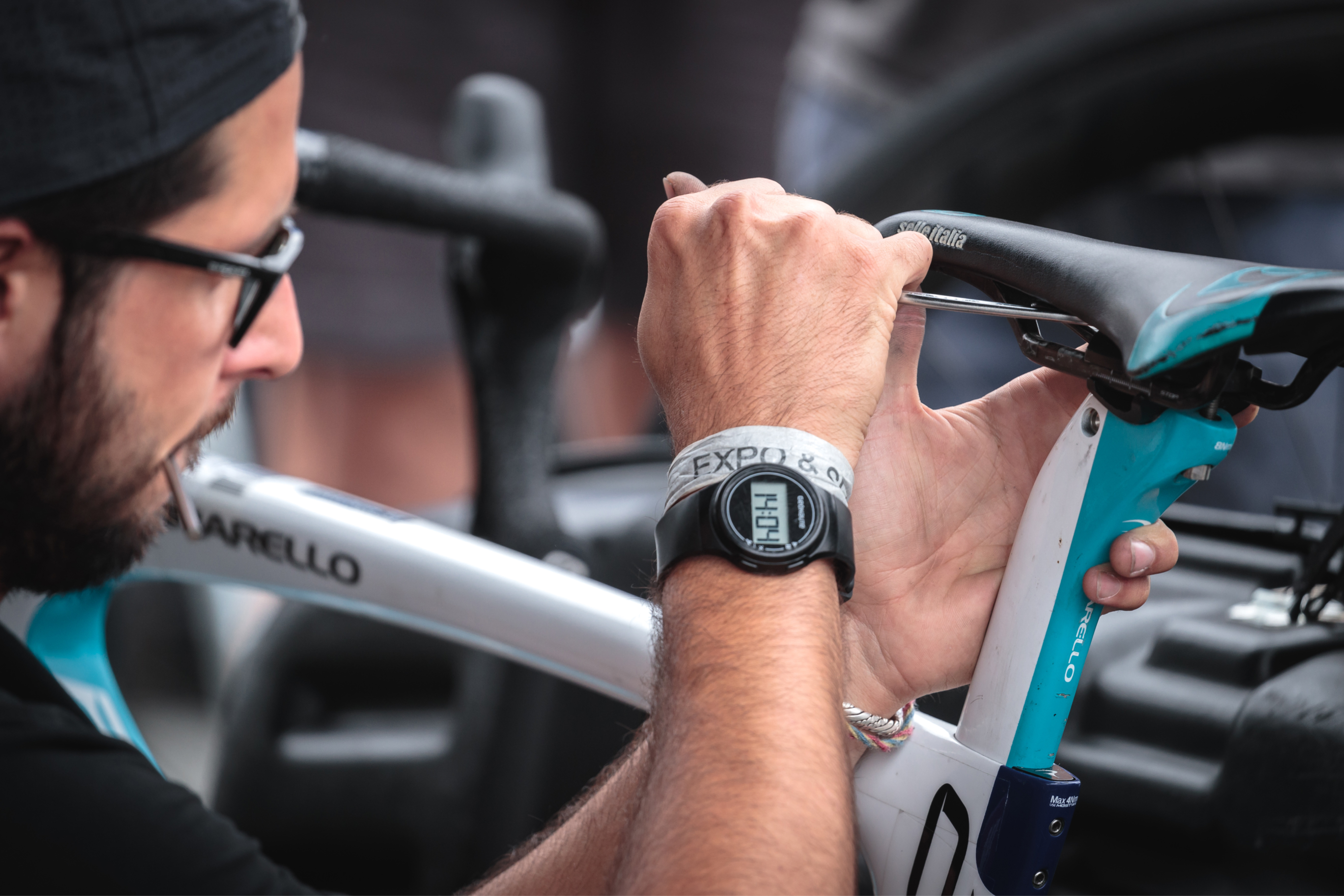
As discussed in this article, pain on the bike is largely due to the repetition of the sport.
And the best way to avoid this is is to ensure you undertake a complete postural analysis.
Once this is done, you will be able to practice personalised and adapted exercises in order to optimise your positioning. Your physiotherapist will therefore be your best ally in gaining comfort, pleasure and performance on your bike!


